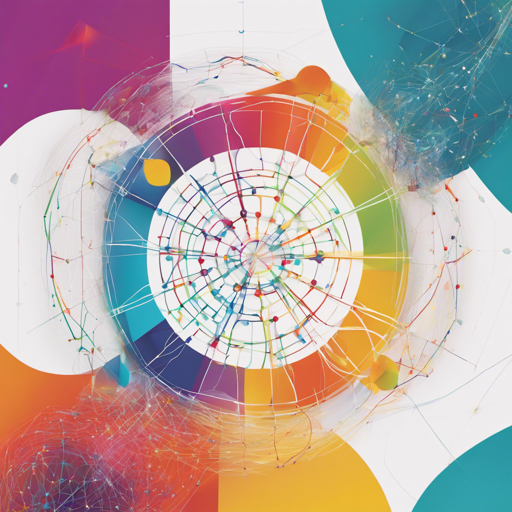If you’re eager to explore sharp boundaries in the realm of deep learning with graphs and hypergraphs, look no further! DeepHypergraph (DHG) is your go-to deep learning library built on the renowned PyTorch platform. This article will provide a user-friendly guide on how to install, visualize, and learn using your new favorite library – DHG.
Installation
Getting started with DHG is straightforward. The recommended stable version at the moment is 0.9.4. You can install it using pip as follows:
pip install dhgIf you want to experiment with the nightly version (0.9.5), which includes the latest features, you can run:
pip install git+https://github.com/iMoonLab/DeepHypergraph.gitQuick Start
Let’s dive into visualization first! You can create graphs, hypergraphs, directed graphs, and bipartite graphs with ease using DHG’s visualization tools.
import matplotlib.pyplot as plt
import dhg
# Draw a graph
g = dhg.random.graph_Gnm(10, 12)
g.draw()
# Draw a hypergraph
hg = dhg.random.hypergraph_Gnm(10, 8)
hg.draw()
# Show figures
plt.show()Learning on Structures
DHG allows you to smoothly process features using Graph Neural Networks (GNNs) or Hypergraph Neural Networks (HGNNs). Think of your data as a complex web: each connection (edge) influences the node (vertex) points, passing information along them either as simple messages from one vertex to another or more complex exchanges with hyperedges.
Example Code for Learning
Here’s how you can achieve this:
import torch
g = dhg.random.graph_Gnm(5, 8)
X = torch.rand(5, 2)
X_ = g.smoothing_with_GCN(X)This code snippet uses a GCN Laplacian matrix to smoothen the features represented by X, giving you refined, connected data points just like adjusting the focus of a camera to get a clearer picture.
Available Datasets
DHG provides a variety of datasets for both vertex classification and user-item recommendations, including:
- Cora: A citation network dataset.
- PubMed: Another citation network dataset.
- MovieLens1M: A dataset tailored for movie recommendations.
Troubleshooting
While getting started with DHG, you might encounter a few bumps along the way. Here’s what to keep in mind:
- If you receive errors regarding dependencies, ensure that all required packages are installed. Use
pip install -r requirements.txtin the project directory. - If you’re using the nightly version and face instability, consider reverting to the stable version using the first installation command suggested.
For further assistance with troubleshooting or to stay updated, you can always check the Discussions section on GitHub.
For more insights, updates, or to collaborate on AI development projects, stay connected with fxis.ai.
At fxis.ai, we believe that such advancements are crucial for the future of AI, as they enable more comprehensive and effective solutions. Our team is continually exploring new methodologies to push the envelope in artificial intelligence, ensuring that our clients benefit from the latest technological innovations.

